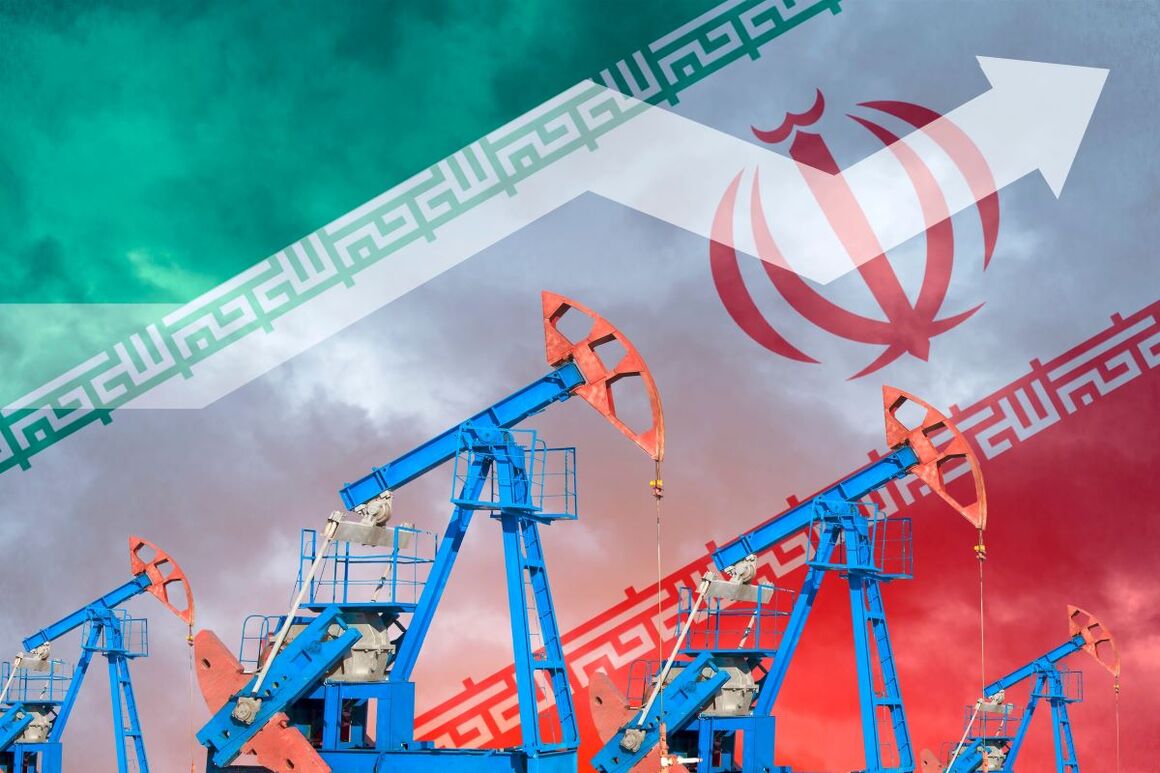The sector’s growth soared to 22.4 percent from 5.7 percent, making Iran’s economic cake bigger.
The oil and gas industry makes up a large proportion of Iran’s economy and plays an undeniable role in increasing the country’s economic growth.
Following the U.S. withdrawal from the Iran nuclear deal on May 8, 2018 and the reimposition of sanctions on Iran, the oil and gas sector witnessed negative growth and Iran’s economic growth sank below zero in the previous administration.
The 13th administration, which took office in August 2021, has put great emphasis on neutralizing the sanctions by relying on domestic capabilities, and the Oil Ministry has adopted different strategies to achieve the goal.
Iran’s oil exports jumped 40 percent during the first year of the incumbent government’s term while the sanctions remained unchanged.
In 2022, the increase in oil production and exports made Iran’s economic growth positive and inflation was considerably controlled.
One of the significant impacts of the oil and gas sector’s growth was the elimination of budget deficit the 13th administration inherited from the previous government. The deficit was fixed without creating liquidity by selling Iran’s crude oil to traditional customers and finding new markets.
IMF report
The International Monetary Fund (IMF) increased its estimate of Iran’s economic growth in 2024, citing a higher-than-expected surge in the country’s oil production.
The IMF, in its latest report published on February 22, forecast a 3.7 percent economic growth for Iran in 2024 while the figure in its October prediction was 2.5 percent.
According to the financial agency, Iran’s oil production in 2024 has exceeded 2.7 million barrels per day (bpd), 700,000 barrels higher than the volume produced in 2020.
The IMF data also showed that Iran’s economic growth reached 5.4% in 2023 while the international agency had predicted a three percent growth for the country in the previous year.


Your Comment